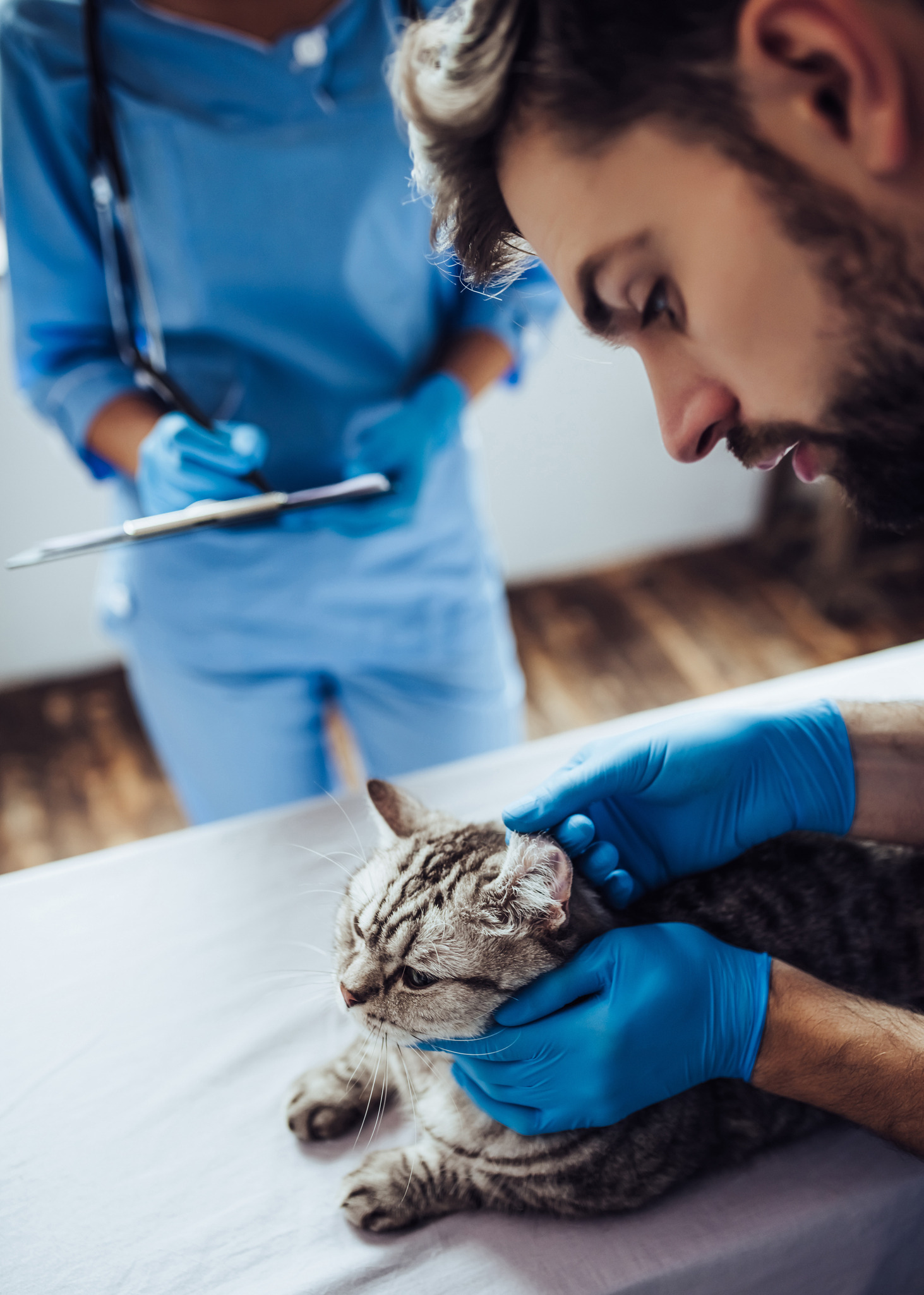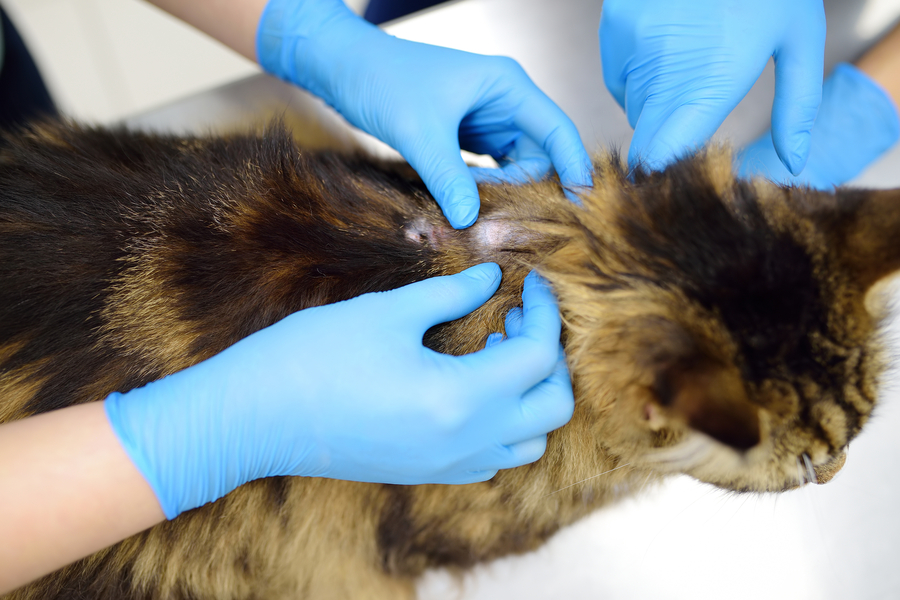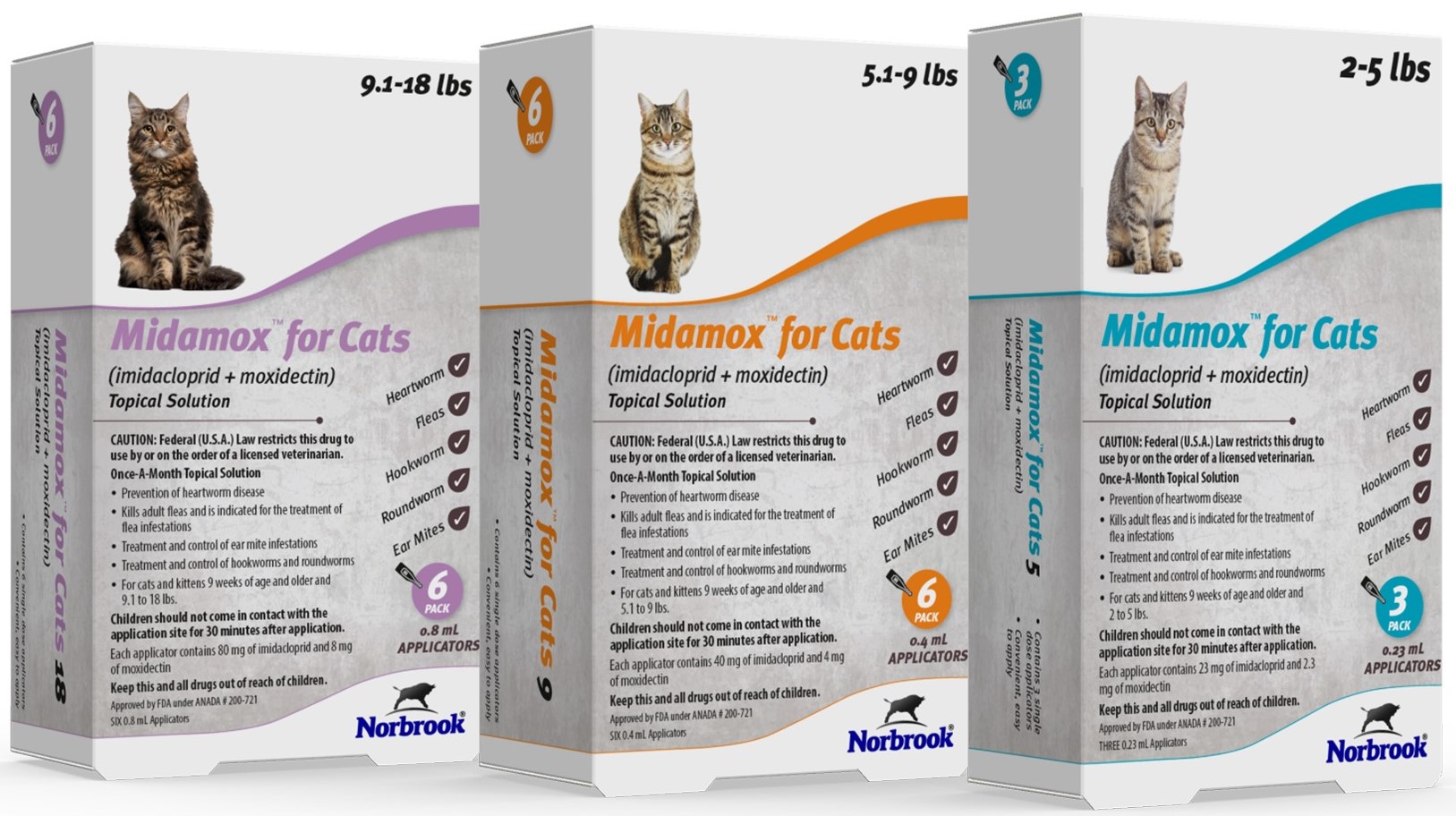
Parasite Protection for Cats
Feline Parasite Control
Parasitic infections are a common health concern for both cats and their owners. Many pet parasites are zoonotic, having the potential to infect humans as well. Year-round preventive medications are recommended for all cats no matter where they live in the U.S. This holds true even for exclusively indoor cats since some parasites can be tracked in on dirty footwear, enter the house through open doors and windows, or be brought in by other pets in the household. Year-round prevention just makes good sense.
External Parasites in Cats
Learn more about the most common external parasites in cats.
Internal Parasites in Cats
Learn more about the most common internal parasites in cats and how to identify the signs of infection.
Treatment
Management of parasites in cats involves preventing and treating infections.
Prevention
-
Regular deworming: Kittens need regular deworming, as several parasites are passed from the mother to her kitten, even if the mother has no signs of parasitic infections. Adult cats should have regular fecal tests and physical examinations as directed by their veterinarian. These examinations and tests can screen for parasite infection.
-
Use preventive medications: Cats should receive regular ectoparasite and heartworm prevention. Even cats that are strictly indoors are at risk for exposure to parasitic infections. There are several preventive products available including monthly topical products such as Selarid® (selamectin) Topical Parasiticide for Cats and Midamox® (imidacloprid + moxidectin) for Cats and longer-acting topical and oral products. Your veterinarian can help direct you to the best option for your pet. Preventive products also reduce overall environmental contamination and potential for zoonotic disease.
-
Clean up feces: Clean the litterbox daily, and if your cat has outdoor access, remove feces from your yard promptly as well. Be sure to wash your hands after cleaning up after your cat.
-
Decrease exposure: Keep your cat indoors, control rodents or discourage your cat from hunting, ensure window screens are intact, and remove your shoes at the door to decrease tracking of parasite eggs into your home.


Treatment
If you see any signs of a parasite infection in your cat, please visit your veterinarian. Treatment of parasites in cats requires an accurate diagnosis and the care of your veterinarian. Tests such as fecal examination, heartworm test, or a skin scrape may be required. Treatment may be as simple as administering a topical product such as Selarid® or Midamox®, or may require administration of an oral or injectable medication.
Safety Information
Selarid® (selamectin) Topical Parasiticide for Cats
IMPORTANT SAFETY INFORMATION: Do not use SELARID on sick, weak or underweight cats. Use only on cats 8 weeks and older. Side Effects may include digestive upset and temporary hair loss at application site with possible inflammation. In people, SELARID may be irritating to skin and eyes. Wash hands after use. See Brief Summary for full Prescribing Information. See product labeling here for full product information.
Midamox® (imidacloprid + moxidectin) for Cats
CAUTION: Federal (U.S.A.) law restricts this drug to use by or on the order of a licensed veterinarian. WARNINGS: Do not use on sick or debilitated cats or ferrets. Do not use on underweight cats (see ADVERSE REACTIONS). Do not use on cats less than 9 weeks of age or less than 2 lbs. body weight. Do not use on ferrets less than 2 lbs. body weight. PRECAUTIONS: Avoid oral ingestion. HUMAN WARNINGS: Children should not come in contact with the application site for 30 minutes after application. See product labeling here for full product information.
The Norbrook logo, Selarid and Midamox are registered trademarks of Norbrook Laboratories Limited.
002-25-153




